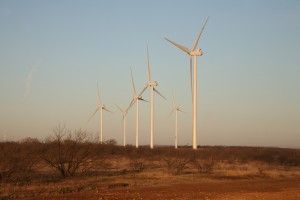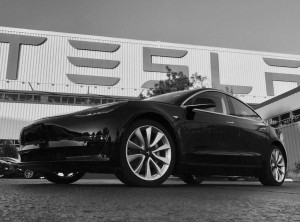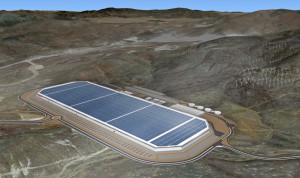The coming months will be the real test for Tesla. With the launch of the new Model 3 we’ll soon discover whether this money-losing niche player can transform itself into an immensely profitable, mainstream automaker.
No surprise, CEO Elon Musk is already looking at what will have to happen as Tesla grows, and grows fast, 2018 volume forecast to hit 500,000 battery-electric vehicles, or six times the company’s 2016 volume. To keep up with anticipated demand, especially with even more products in the pipeline, Tesla is laying plans for a network of new car and battery plants.
If Tesla hits its target with the Model 3, the company’s Fremont, California assembly plant will be “bursting at the seams,” Musk recently told shareholders. He has been dropping plenty of hints on what will follow, and that is likely to include at least one more assembly plant in the U.S., as well as one in China, while we could see as many as 20 new Gigafactory battery plants.
It’s all bet on the if-come, however. And the Model 3 marks Tesla’s biggest roll of the dice yet, the one many believe will make or break the company. The compact sedan marks the company’s first entry into the mainstream market, with a price tag of $35,000 to start – though analysts expect most buyers will wind up paying $40,000 or more after adding options.
(For the latest on the launch of the Tesla Model 3, Click Here.)
Since the new line debuted on March 31, 2016, Tesla has been inundated with advance registrations, each with a $1,000 deposit. Now, with production underway, the company is hoping to translate what analysts estimate to be as many as 500,000 of those registrations into firm orders. Musk recently hinted that Tesla believes it will score with enough of those hand-raisers to keep the Fremont plant busy through early 2019. And that’s before any new orders are taken.
It’s also before Tesla adds more products. Musk recently confirmed plans to produce a downsized SUV. Dubbed Model Y, it won’t share platforms with the Model 3, however. So, it’s likely that would require a new assembly plant – especially since compact utes are the U.S. market’s fastest-growing segment, with the Model Y potentially set to be Tesla’s biggest product ever.
Now, add other offerings to come: from a reborn version of the Tesla Roadster to the electric pickup truck Musk said we’ll see by the end of the decade. There’s also the heavy-duty battery truck that the South African-born CEO said will debut this coming in September.
How many automotive assembly plants might that all require? Musk isn’t saying, though he has made it clear some will be based abroad.
“While we expect most of our production to remain in the U.S., we do need to establish local factories to ensure affordability for the markets they serve,” a company spokesman said last month.

Alternative energy sources, like windmills, are subject to natural lulls. Tesla wants to use its batteries to balance out loads.
We do know that Tesla is already talking to Chinese authorities about building a factory there, the spokesperson confirming that the focus is on Shanghai, China’s second-biggest city, and today the country’s center of automotive manufacturing.
“Tesla is deeply committed to the Chinese market, and we continue to evaluate potential manufacturing sites around the globe to serve the local markets,” said the spokesman.
(Click Here for more on Tesla’s efforts to set up a Chinese auto plant.)
Of course, Tesla has other businesses, and they could need more production capacity, as well. Most notable is the battery side of the company. Tesla hasn’t even completed its Reno, Nevada-based Gigafactory – which is slated to become the world’s largest source of lithium-ion batteries – but Musk and company are already looking at the need for more factories. Apparently, lots of them.
In an interview with the green-minded movie star Leonardo DiCaprio, Musk suggested Tesla might eventually set up “at least ten, maybe as many as twenty” Gigafactories around the world, with two or three of them to be based in the United States. He also suggested that global demand for sustainable energy could require as many as 100 Gigafactory-style battery plants, though Musk appears to be accepting the idea that Tesla will have competitors gobbling up some of the demand.
Not all those batteries would go into automobiles, of course. Tesla has already started moving the needle with its home and office battery backup technology. And it recently inked a deal to set up a massive 100 megawatt storage system in South Australia. The largest such storage system in the world, it will help load-balance the power produced by a new wind farm.
Energy experts say such systems will be critical to the expansion of alternative energy technologies that otherwise would be vulnerable to clouds, windless days and other limitations.
(Click Here for more on Tesla’s Australian project.)


